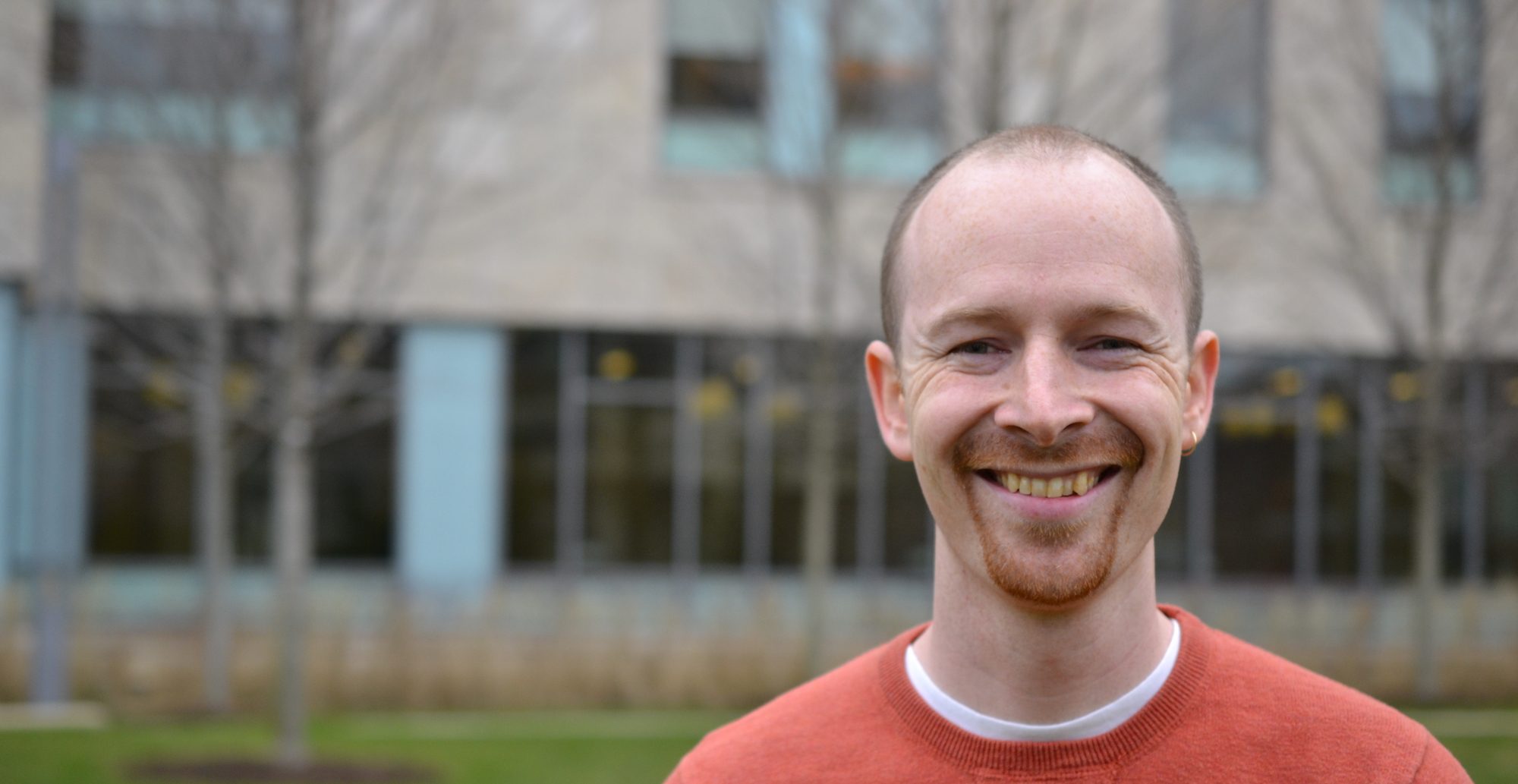I sat in a board meeting today at Testive with heavyweight Don McLagan. It goes without saying that just having Don around is a huge bonus at our board meetings. Don converts the meeting from a ceremonial paperwork ass ache into a useful business strategy session. We’re super lucky he is willing to sit down with us.
So how do you get a business heavyweight like Don on your board? Well, since we’re super paranoid that he’ll leave, we asked him what aspects of an organization he enjoys so that we know what to emulate. Here’s what he said.
(1) Listen. There is no shortage of people who ask for advice, but aren’t really listening. That can really grate on an advisor, because nothing is worse than feeling like one’s opinion isn’t valuable.
(2) Disagree. Important discussions aren’t clear cut. It’s important to disagree when appropriate and have arguments so that the best decisions are made.
(3) Trust. The team members must trust one another and defend each other. In Don’s words “if you have a trust issue between partners you have to fix it or shut it down, fast.”
(It should be noted that Don isn’t officially on our board. He’s actually a board observer. For the purposes of this post, the difference is irrelevant.)




